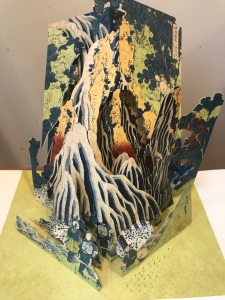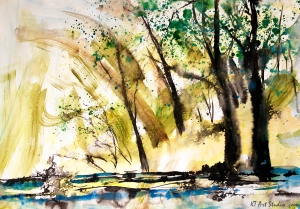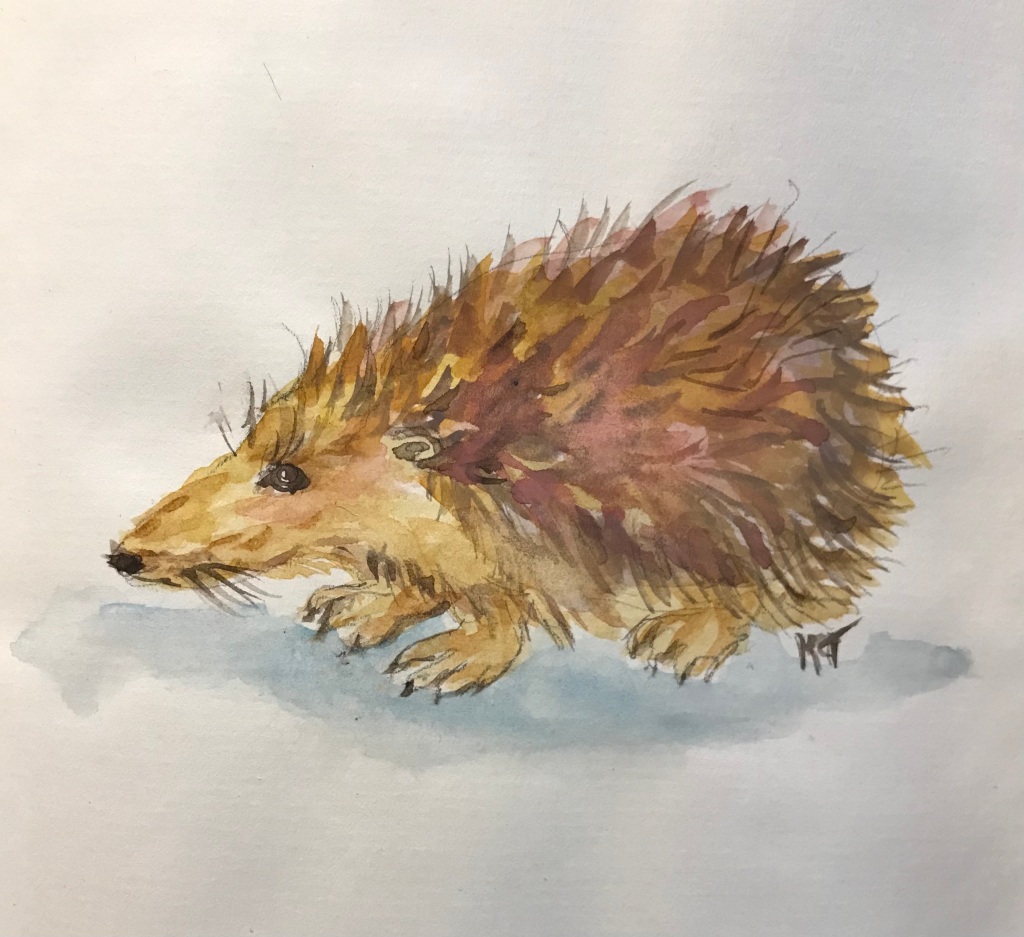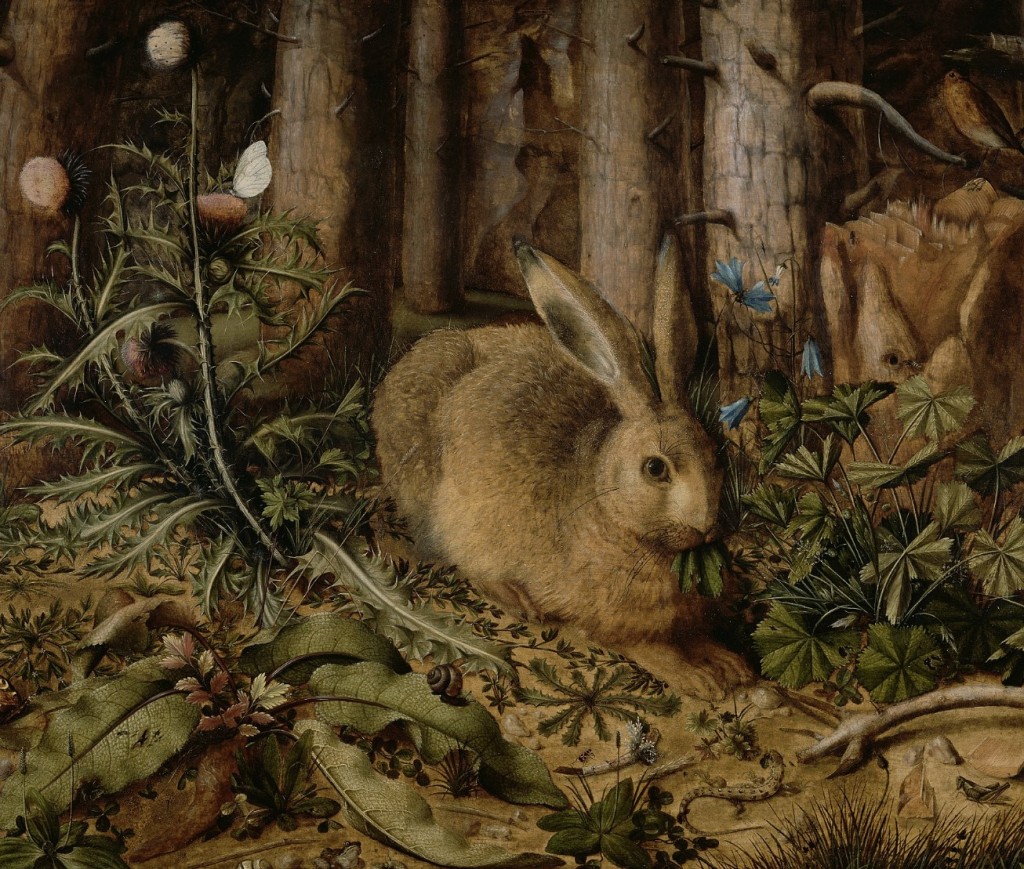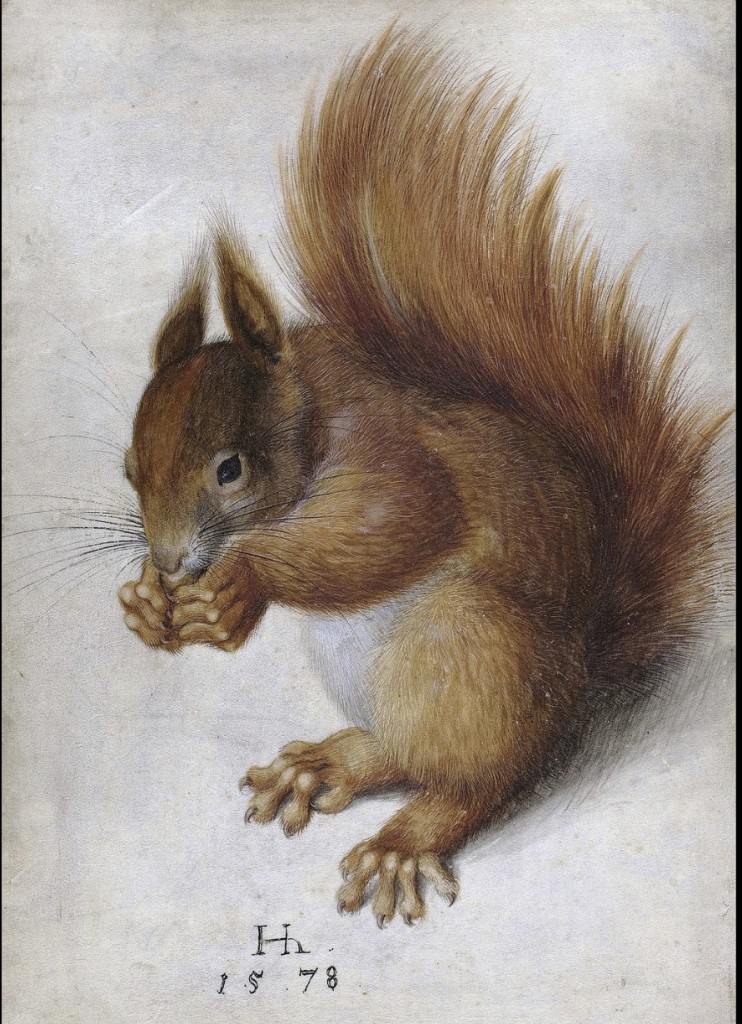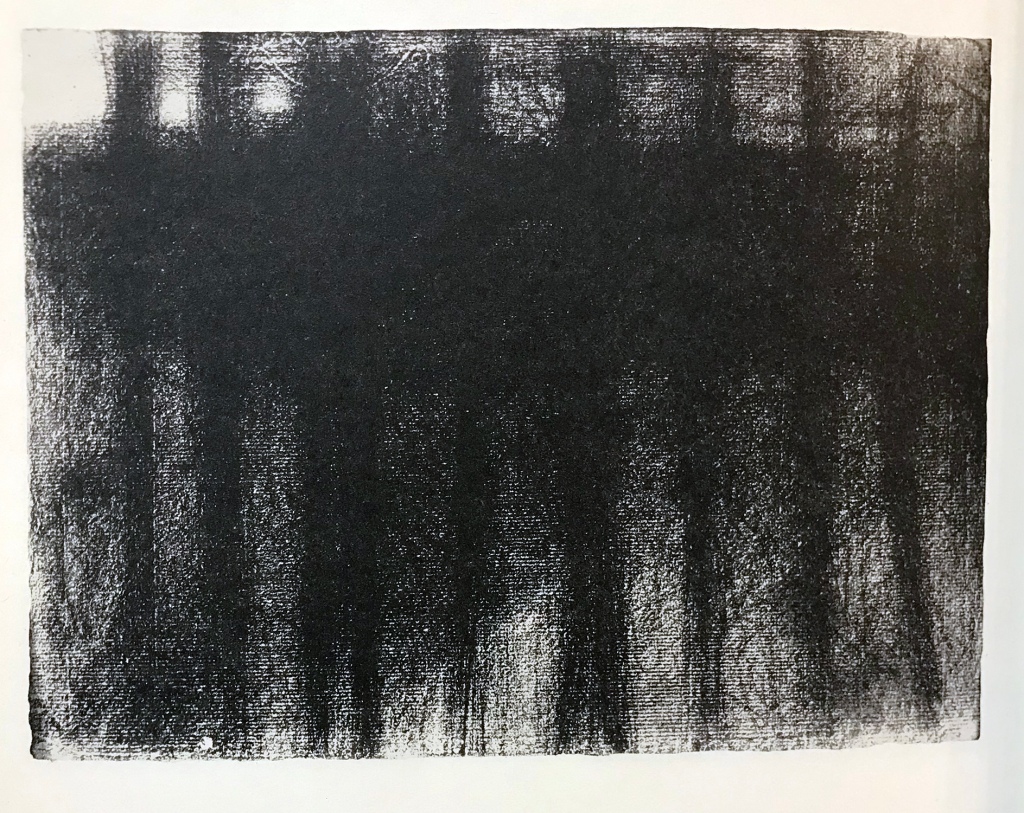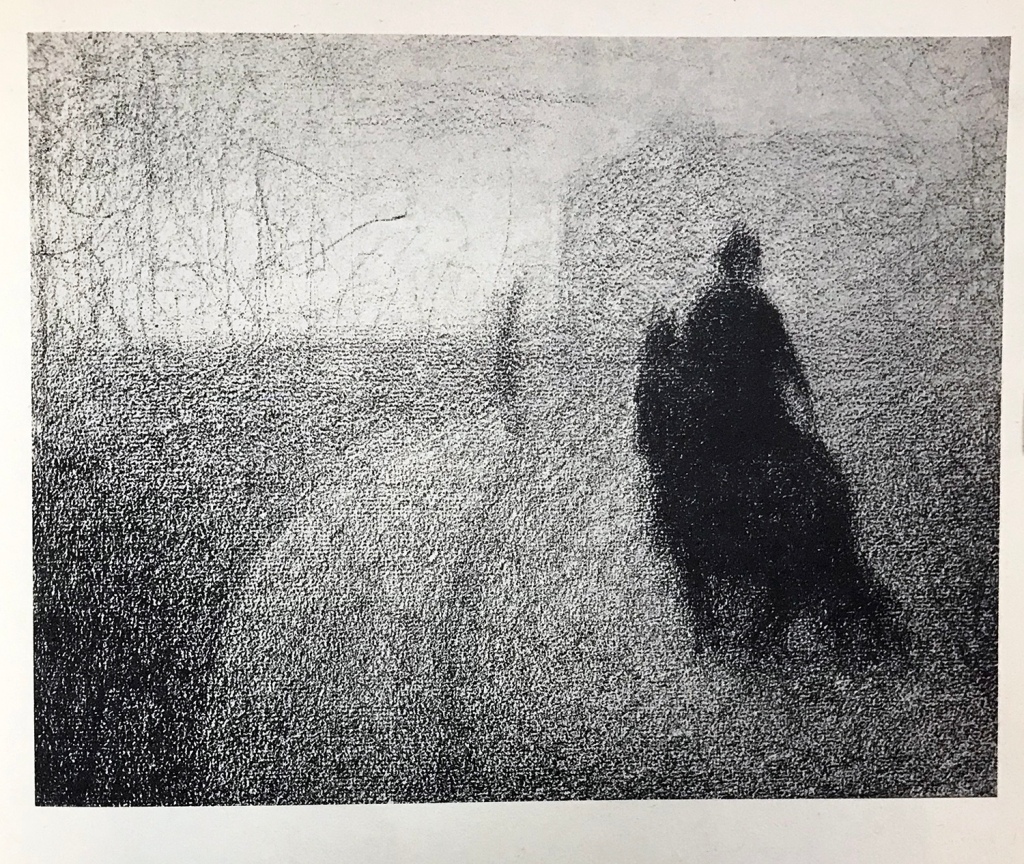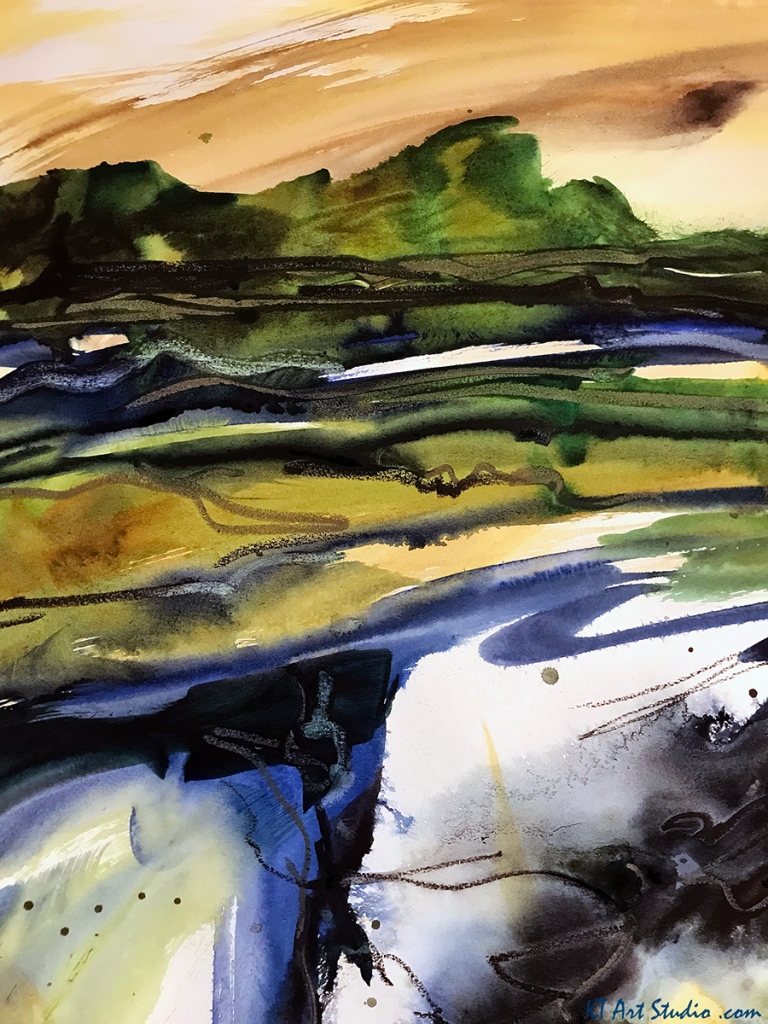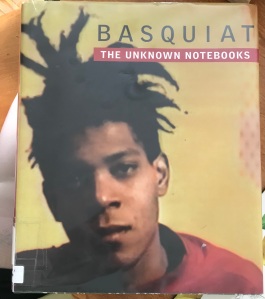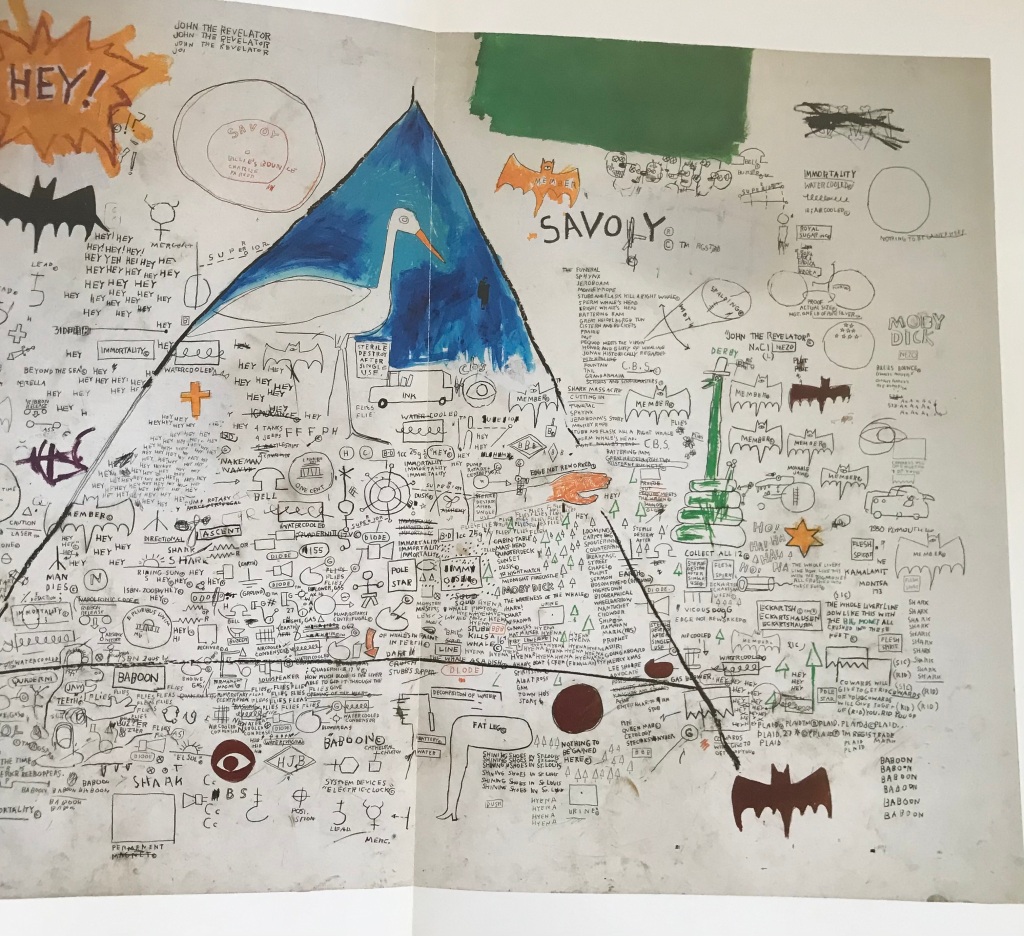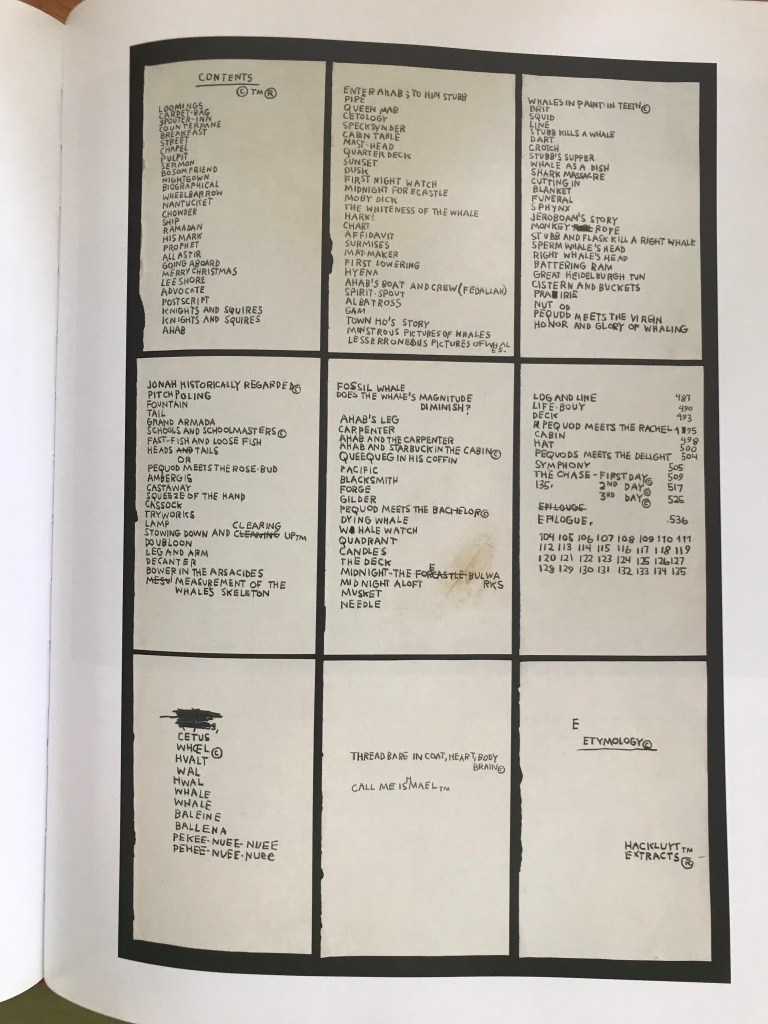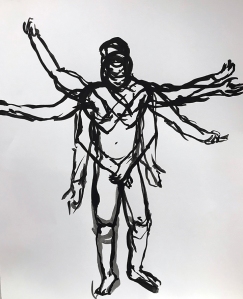
The Met Cloisters has a set of 15th century playing cards that are in mint condition. The cards have four suits, a king, queen, knave and ten pip cards with symbols rather than numbers. The symbols are hunting horns, dog collars, hound tethers and game nooses since the theme is hunting.
I was inspired by the Franco-Flemish style figures wearing extravagant Burgundian court costumes. It’s not really known what games were played with these cards but there was a lot of gambling during that time period. The cards at the Cloisters probably were never used because they are in perfect condition but playing cards was popular during that time period. The religious leaders of the time would often confiscate the cards in an attempt to curb the gambling and encourage good behavior.
I had been thinking of a recent presentation at a local art guild on ATCs (Artist Trading Cards). ATCs are not the same as playing cards – they are not “played” but they are exchanged and have such unique and individual art that gives them value. I’ve participated in ATC swaps in the past and find the small 2 ½ “x 3 1/2” format inviting and achievable. I know several local artists that create large batches of ATCs for swapping at summertime art events.
Maybe you would like to try your hand at making 52 playing cards or ATCs or even just one or two ATCs? I’d love for readers to share what they create here. Here are some online resources for making your own ATCs.
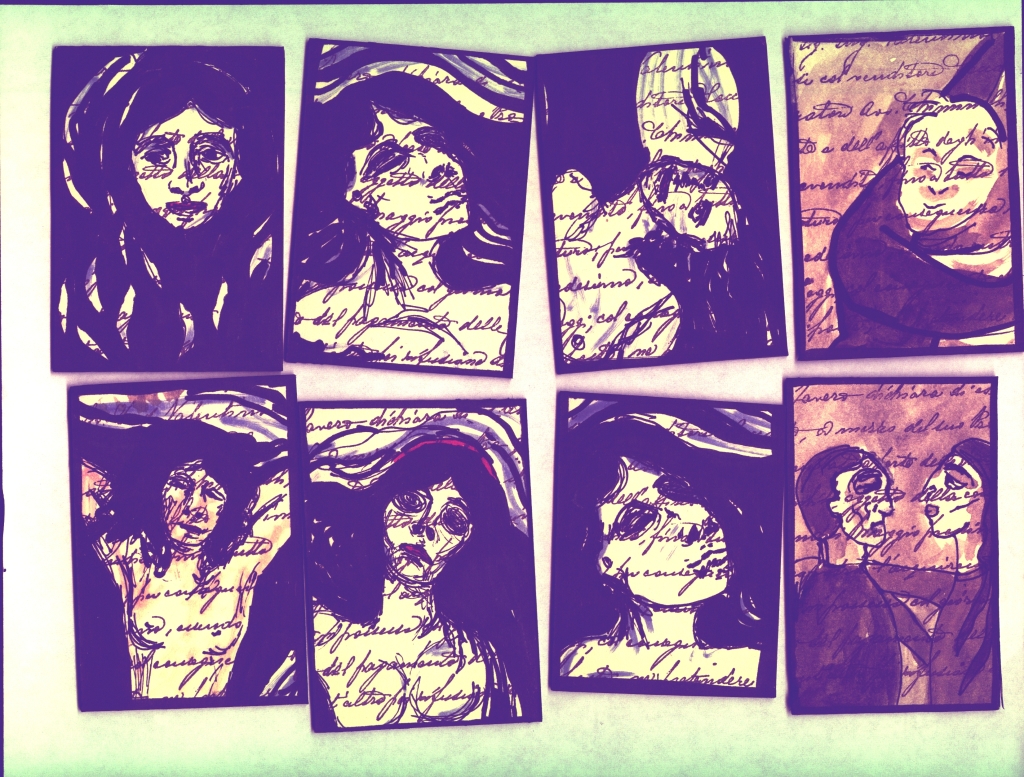
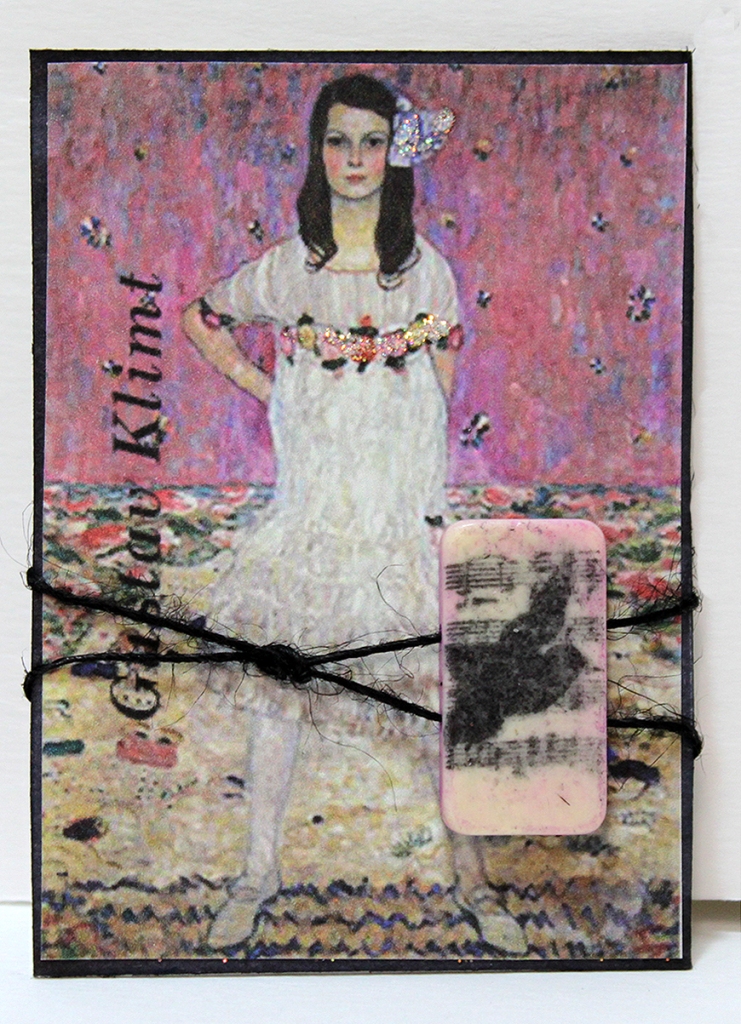
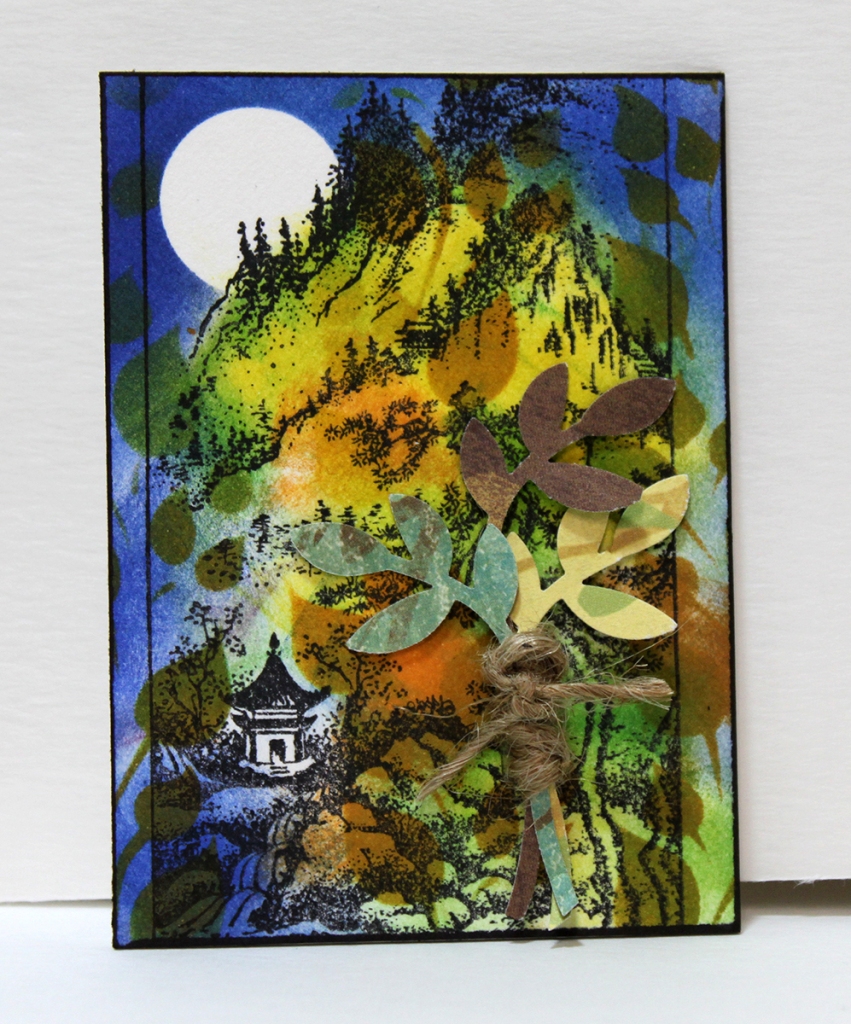
https://www.wikihow.com/Make-Artist-Trading-Cards
https://www.strathmoreartist.com/cards-atc
https://www.metmuseum.org/art/collection/search/475513
***





